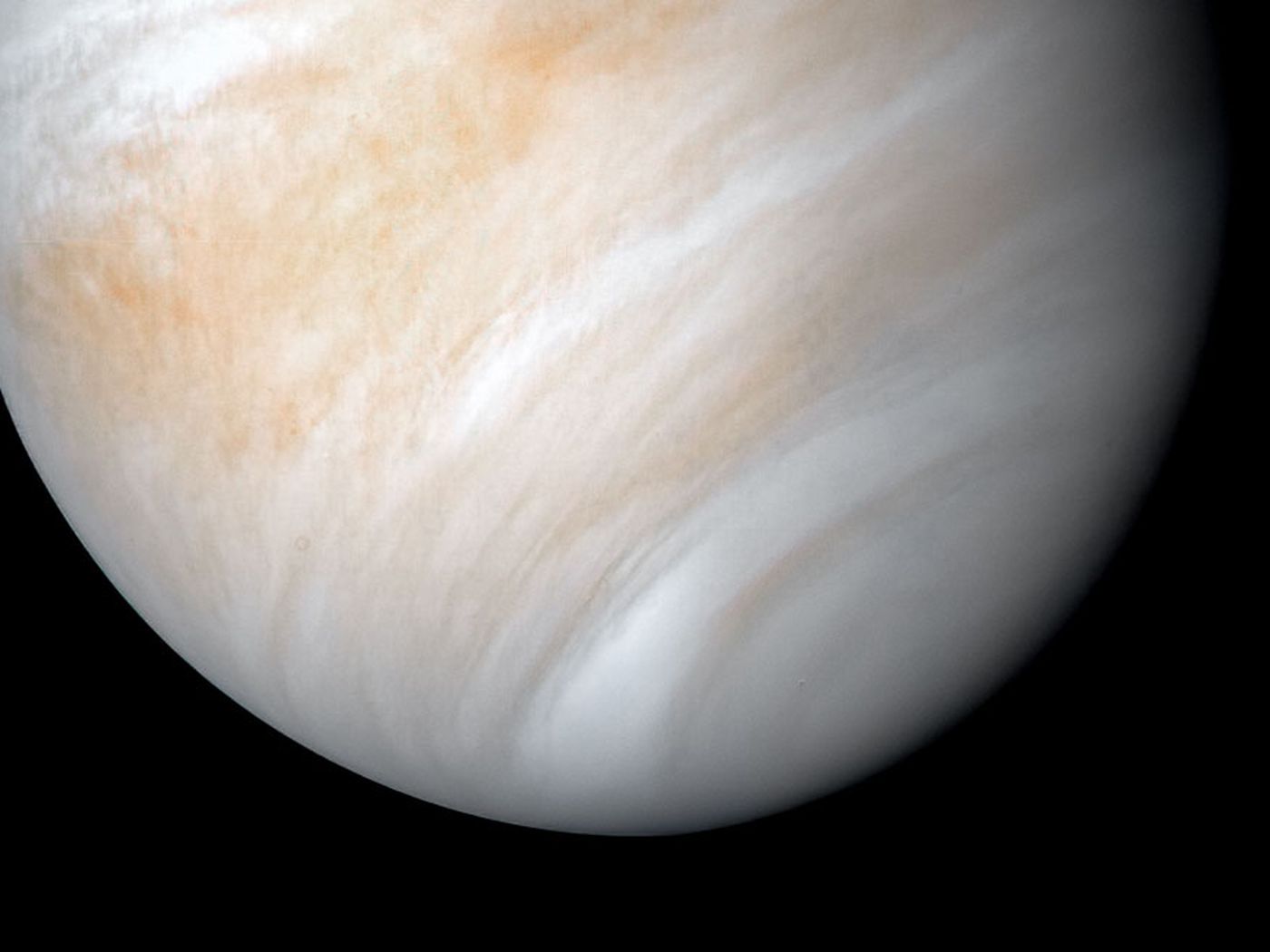
The planets in our Solar System formed progressively. Small grains grew over time into kilometer-sized planetesimals by accumulating more and more material through their gravitational pull.

Compared to most places you might wander in the Solar System, Titan, the giant moon of Saturn, is in many ways strangely familiar to Earth.

Strange double ridges on the surface of Jupiter's ice moon Europa could be signposts to shallow reservoirs of water.

Japanese researchers have discovered more than 20 amino acids on the space rock Ryugu, which is more than 200 million miles (320 million kilometers) from Earth.

Estimated to be magnitude 5, the quake is the biggest ever detected on another planet. This adds to the catalog of more than 1,313 quakes InSight has detected since landing on Mars in 2018.

Jupiter's moon Europa is a prime candidate in the search for life. The frozen moon has a subsurface ocean and the new research shows that the moon is pulling oxygen down below its icy shell.

According to new evidence obtained by the orbiter element of the joint European-Russian ExoMars mission, there is plenty of water ice at the bottom of Valles Marineris mixed with Martian soil - regolith.

NASA has sent a spacecraft, the Parker Solar Probe to the outer reaches of the sun’s atmosphere – the corona – where it spent five hours. This is the first time a spacecraft has come so close to the sun.

New findings from NASA's Juno probe orbiting Jupiter provide a fuller picture of how the planet's distinctive and colorful atmospheric features offer clues about the unseen processes below its clouds.

New research suggests that water never condensed and that, consequently, oceans never formed on the surface of Venus. One of the main reasons for this is the clouds that form preferentially on the night side of the planet.

The most powerful previously detected quakes occurred in the Cerberus Fossae region on Mars, where lava may have flowed in the geologically recent past.

Scientists have long noticed an absence of ammonia in the atmospheres of Uranus and Neptune. Scientists now think that ammonia in the upper atmosphere formed “mushballs” by merging with water.

The first research paper from Perseverance rover team was published lately. It shows that Jezero Crater on Mars was probably the site of some violent floods.

Other rovers have also experience dust devils, but Jezero crater, Perseverance’s landing site, seems to have a high occurrence of dust devils.

The impact on Jupiter was reported by both amateur and professional astronomers. The object’s diameter is estimated at 20 meters and it is believed to be the remnant of a larger comet or asteroid.